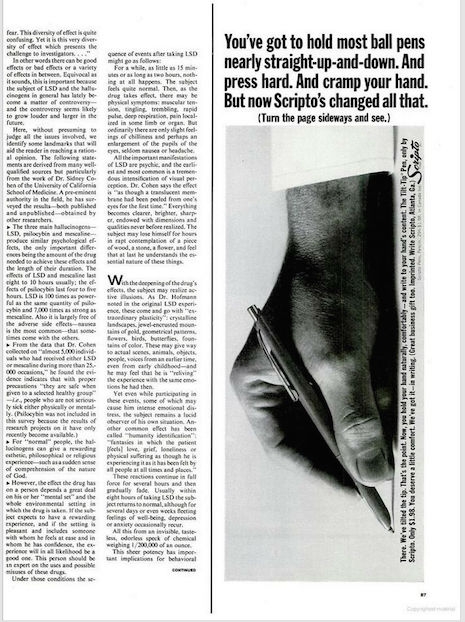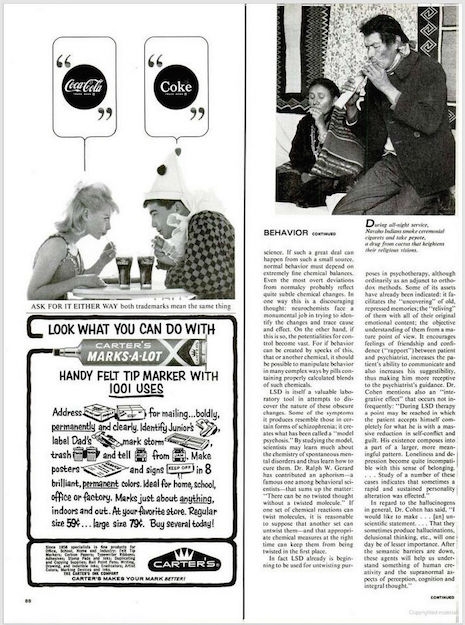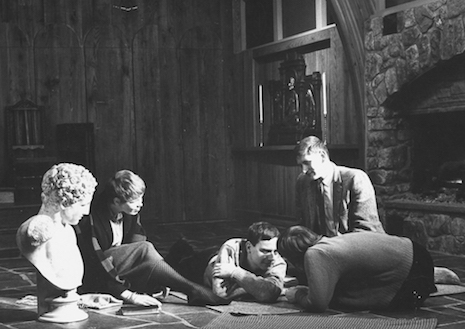
Before it became a Schedule I controlled substance in October of 1968, there was a not-all-that-brief period in which lysergic acid diethylamide, otherwise known as LSD, enjoyed some respectability among the chattering classes, even benefited from the same type of breathless hype that the technology associated with the moon landing enjoyed.
According to a 2010 Vanity Fair article by Judy Balaban and Cari Beauchamp, at some point in the 1950s, the publisher of Time, Henry Luce, tried LSD and developed a favorable attitude towards it, and that was all LSD needed to receive several years of positive coverage in all the major magazines:
Another early experimenter was Clare Boothe Luce, the playwright and former American ambassador to Italy, who in turn encouraged her husband, Time publisher Henry Luce, to try LSD. He was impressed and several very positive articles about the drug’s potential ran in his magazine in the late 50s and early 60s, praising Sandoz’s “spotless” laboratories, “meticulous” scientists, and LSD itself as “an invaluable weapon to psychiatrists.”
In addition, it was well known that Hollywood luminaries like Cary Grant and Esther Williams were using LSD as a therapeutic tool:
“The Curious Story Behind the New Cary Grant” headlined the September 1, 1959, issue of Look magazine, and inside was a glowing account of how, because of LSD therapy, “at last, I am close to happiness.” He later explained that “I wanted to rid myself of all my hypocrisies. I wanted to work through the events of my childhood, my relationship with my parents and my former wives. I did not want to spend years in analysis.” More articles followed, and LSD even received a variation of the Good Housekeeping Seal of Approval when that magazine declared in its September 1960 issue that it was one of the secrets of Grant’s “second youth.” The magazine went on to praise him for “courageously permitting himself to be one of the subjects of a psychiatric experiment with a drug that eventually may become an important tool in psychotherapy.”
Over the weekend a Retronaut page by Alex Q. Arbuckle has been making the rounds with the title “April 16, 1963: Housewife on LSD.” The page, which is light on text, features several photographs taken in 1963 by LIFE photographer John Loengard of a session in which some test subjects—i.e., regular people—were given LSD. The centerpiece of the series is a woman named Barbara Dunlap, identified as a housewife from Cambridge, Massachusetts, as she contemplates a statue of Buddha and a sliced lemon in tripping wonderment. The photos, all black and white, can’t begin to suggest the blazing psychedelic visions Dunlap was experiencing, but anyone who has ever taken LSD can fill in the blanks perfectly well.
One weird note: The Retronaut title contains the date April 16, 1963, but it’s not clear to me that that date refers to anything, actually. Arbuckle’s text mentions April 16, 1943—twenty years earlier—as the date on which Albert Hofmann first synthesized lysergic acid diethylamide. Loengard’s photographs were not taken on April 16, 1963, which is abundantly clear primarily because some of the photographs appeared in the March 15, 1963 issue of LIFE, to ameliorate a lengthy article by Robert Coughlan called “The Chemical Mind-Changers.” That article was actually the second of a two-part article—the first part, which appeared a week earlier, was more technical in nature and didn’t focus at all on the test subjects.
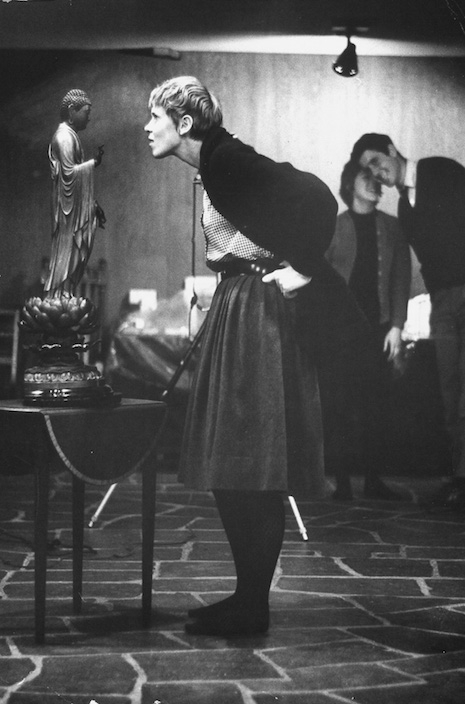
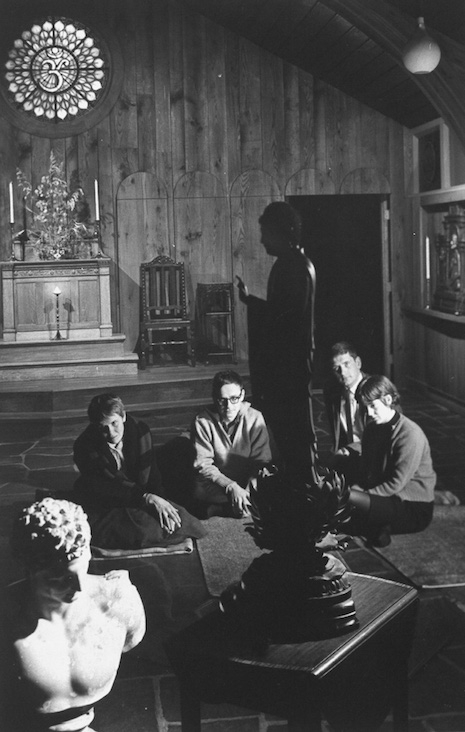
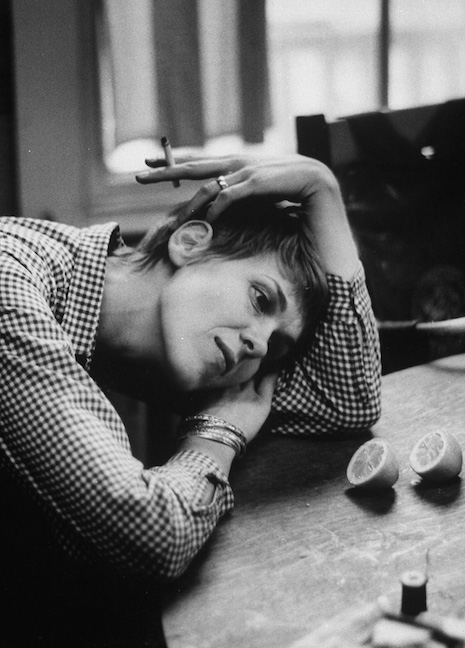
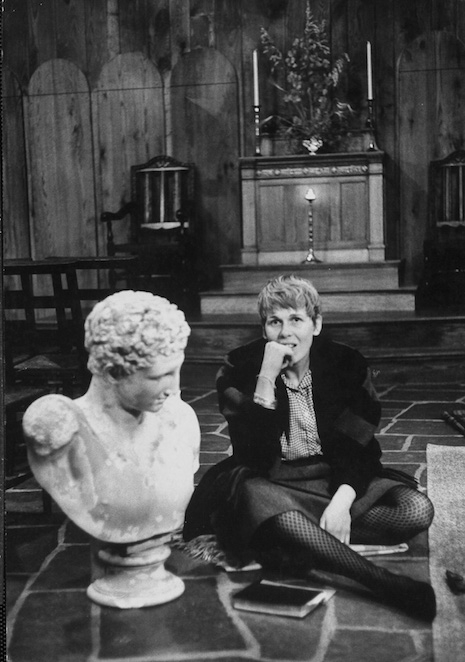

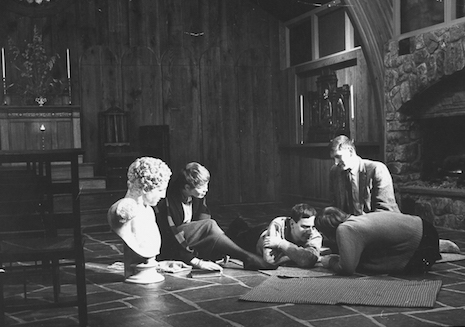
The archives of LIFE are readily accessible on Google Books, or some of them are, anyway. We’ve taken the trouble to reproduce part 2 of Coughlan’s article, the part in which Dunlap appears. You can click on each image to see a version that a human being can read.




